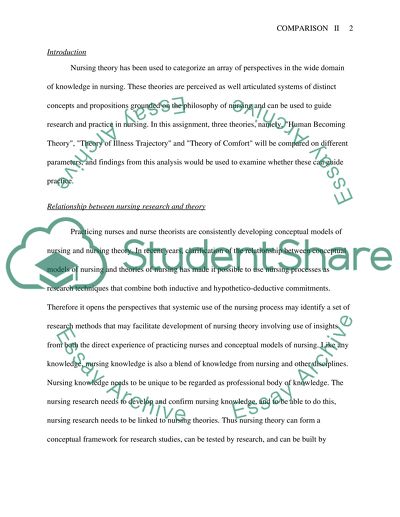Cite this document
(“Nursing Theory Comparisons: Human Becoming Theory, Theory of Illness Assignment”, n.d.)
Nursing Theory Comparisons: Human Becoming Theory, Theory of Illness Assignment. Retrieved from https://studentshare.org/nursing/1510810-nursing-theories-essay
Nursing Theory Comparisons: Human Becoming Theory, Theory of Illness Assignment. Retrieved from https://studentshare.org/nursing/1510810-nursing-theories-essay
(Nursing Theory Comparisons: Human Becoming Theory, Theory of Illness Assignment)
Nursing Theory Comparisons: Human Becoming Theory, Theory of Illness Assignment. https://studentshare.org/nursing/1510810-nursing-theories-essay.
Nursing Theory Comparisons: Human Becoming Theory, Theory of Illness Assignment. https://studentshare.org/nursing/1510810-nursing-theories-essay.
“Nursing Theory Comparisons: Human Becoming Theory, Theory of Illness Assignment”, n.d. https://studentshare.org/nursing/1510810-nursing-theories-essay.


